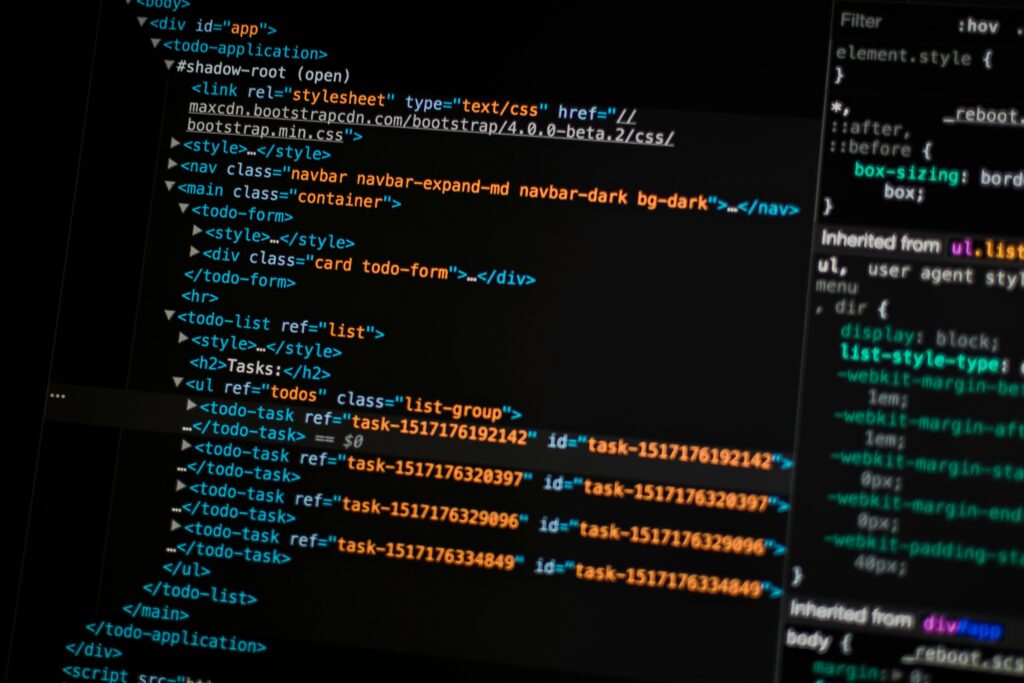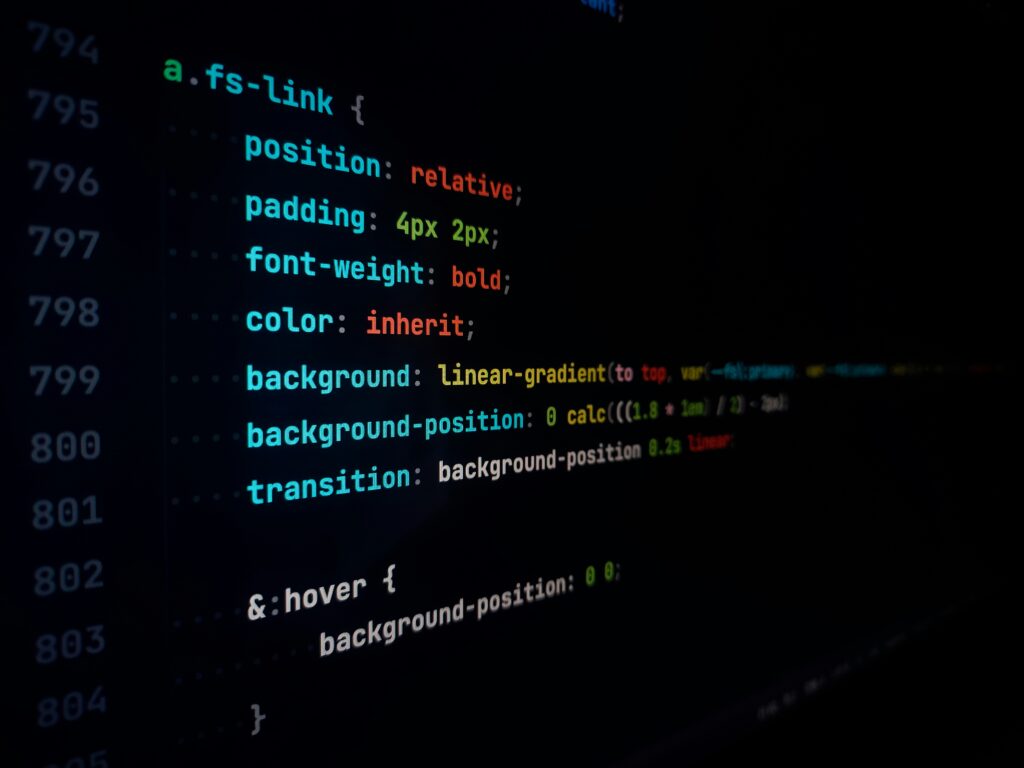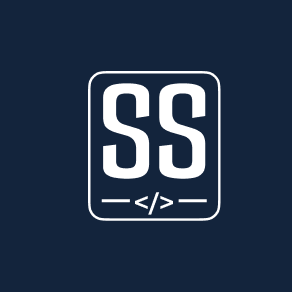Web development involves two essential components: HTML (HyperText Markup Language) and CSS (Cascading Style Sheets). Each of these languages has its distinct role in creating captivating and functional websites. We will discuss the significance of these two languages and understand why they are both crucial for building a successful web page.
In this blog we will discuss the:
- Understanding HTML
- The Limitations of HTML
- Introducing CSS
- Cascading Style Sheets
- Introducing CSS
- Cascading Style Sheets
- Selectors and Properties
- HTML and CSS Synergy
- Benefits of CSS
- Responsive Web Design
- Reusability and Maintainability
- Consistency and Branding
- FAQs
Understanding HTML

HTML serves as the backbone of web content. It’s the language that structures the various elements of a webpage. Think of it as the framework that holds everything together. HTML uses lots of tags to define and organize content, such as headings, paragraphs, lists, images, and links.
HTML is all about content. It tells the browser what each piece of content is, but it doesn’t dictate how it should look. That’s where CSS comes into play.
The Limitations of HTML
While HTML excels at organizing content, it has its limitations when it comes to styling and design. HTML alone cannot make a webpage visually appealing or user-friendly. If you want to change fonts, colors, layout, and other stylistic elements, HTML alone won’t cut it. This is where CSS takes the stage.

Introducing CSS
CSS, on the other hand, is all about presentation. It is responsible for the design and layout of a webpage. With CSS, you can control the colors, fonts, spacing, and positioning of HTML elements. In essence, CSS adds the “wow factor” to your web page, making it visually stunning and user-friendly.
Cascading Style Sheets
The cascading in CSS refers to the way styles are applied to HTML elements. Styles can be inherited from multiple sources, and they can cascade down from the most general to the most specific. This cascading order allows for easy management of styles across a webpage.
Selectors and Properties
CSS employs selectors to target specific HTML elements and apply properties to them. Selectors can be as simple as targeting all headings or as specific as selecting elements with a particular class or ID. CSS properties include attributes like color, font size, margin, and many more.
HTML and CSS Synergy
HTML and CSS work hand in hand. While HTML structures content, CSS enhances its presentation. When combined, these two languages create a harmonious synergy that results in aesthetically pleasing and functional websites.
Benefits of CSS
The benefits of using CSS in web development are numerous. One of the most significant advantages is efficiency. By separating content (HTML) from presentation (CSS), changes can be made swiftly and consistently across an entire website. This approach also leads to improved user experience.
Responsive Web Design

In today’s mobile-driven world, responsive web design is a must. CSS plays a pivotal role in creating responsive layouts that adapt to various screen sizes and devices. Media queries, a CSS feature, enable developers to apply different styles based on screen dimensions, ensuring an optimal user experience on both desktop and mobile devices.
Reusability and Maintainability
CSS promotes reusability and maintainability. Styles can be defined in a central location and applied across multiple web pages, reducing redundancy and making updates easier. This not only saves time but also ensures a consistent look and feel throughout the website.
Consistency and Branding
Consistency is vital in web design. CSS allows you to maintain a consistent look and feel, which is essential for building a strong brand identity. By applying the same styles throughout your website, you create a cohesive and recognizable brand presence.
HTML and CSS are two inseparable components of web development. HTML provides the structure and content, while CSS takes care of the presentation and design. This partnership is essential for creating visually appealing, user-friendly, and efficient websites.
FAQs
Q1: Do I need to learn both HTML and CSS to create a website?
Yes, both HTML and CSS are essential for web development. HTML structures the content, while CSS enhances the presentation.
Q2: Can I use CSS without HTML?
CSS is meant to be used with HTML. While you can create a basic CSS document, it won’t have much utility without HTML to style.
Q3: What are the common CSS properties used in web design?
Common CSS properties include color, font size, margin, padding, background color, and many more for styling HTML elements.
Q4: Why is responsive web design important, and how does CSS contribute to it?
Responsive web design ensures a consistent user experience on various devices. CSS, through media queries, allows you to adapt styles based on screen size, making your site responsive.
Q5: How does CSS help in maintaining a consistent brand identity on a website?
CSS enables you to apply consistent styles throughout your website, reinforcing your brand’s visual identity and creating a cohesive online presence.




